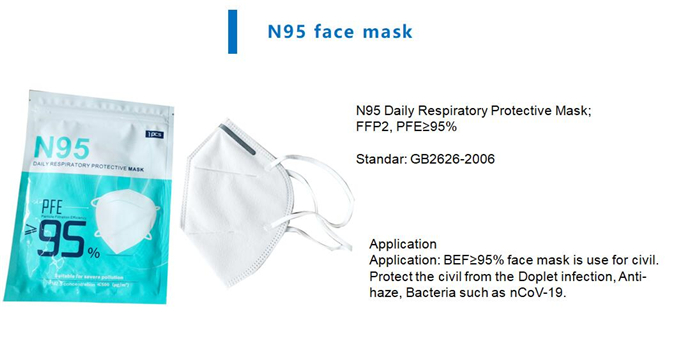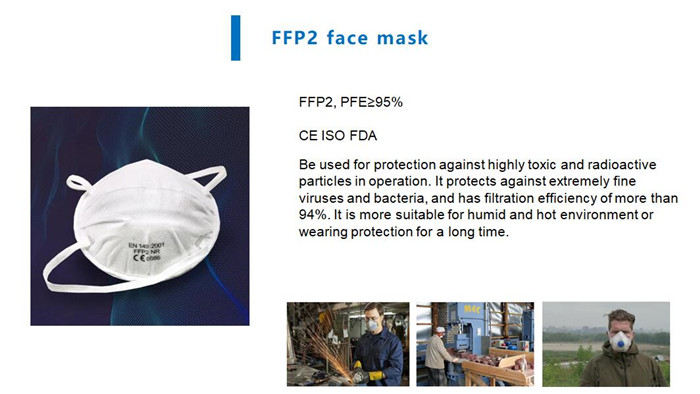Why do masks prevent the spread of the virus?
What kind of material is it?
We usually say that masks are made of non-woven fabrics. Non-woven fabrics are non-woven fabrics, as opposed to woven fabrics, which are made of oriented or random fibers.
When it comes to masks, the raw material is Polypropylene (PP). Disposable masks are generally multilayered Polypropylene. English name: Polypropylene, PP for short, is a colorless, odorless, non-toxic, translucent solid substance, which is a polymer compound formed by the polymerization of propylene. Polypropylene is widely used in the production of fiber products such as clothing and blankets, medical instruments, automobiles, bicycles, spare parts, transportation pipes and chemical containers, as well as in the packaging of food and medicine.
The non-woven fabric produced by the special material of polypropylene non-woven fabric can be used for disposable operating clothes, sheets, masks, covers, liquid absorption pads and other medical and health supplies.
The masks that are known to have protective effects on novel coronavirus mainly include disposable protective masks and N95 masks. The main filter material for these two masks is a very fine, electrostatic filter lining - melt-blown non-woven fabric. Melt blown non-woven fabric is mainly made of polypropylene, is a kind of ultrafine electrostatic fiber cloth, can capture dust.
The droplets containing the pneumonia virus near the melt-blown non-woven cloth will be electrostatic adsorption on the surface of the non-woven cloth, can not pass through, this is the principle of this material isolation bacteria. After the dust is captured by the ultrafine electrostatic fiber, it is very difficult to be separated by cleaning, and washing will destroy the electrostatic dust collection ability, so this mask can only be used once.
Disposable protective masks are generally made of three layers of non-woven fabric. The material is spunbonded non-woven fabric + melt-blown non-woven fabric + spunbonded non-woven fabric.
Several layers of masks are not stipulated in the national standard GB/T 32610 for masks. For medical masks, there should be at least 3 layers, which is called SMS (2 layers of S and 1 layer of M).
The highest number of layers in China is currently 5 layers, which is called SMMMS (2 layers of S and 3 layers of M). Here the S represents the Spunbond layer (Spunbond), its fiber diameter is relatively thick, about 20 microns (μm), the main role of the 2 layers of S Spunbond is to support the whole non-woven fabric structure, and does not have much effect on the barrier. The most important thing inside the mask is the barrier layer or the Meltblown layer M (Meltblown).
The fiber diameter of the Meltblown layer is relatively fine, about 2 microns (μm), which plays a vital role in preventing bacteria and blood from penetrating into it. If S spun-bonded layers is overmuch, mask is hard, and the spray layer M too much, breath is difficult, so from the ease of breathing masks to the assessment of the effect of isolation masks, breathing more difficult, the blocking effect is better, but, if M layer into film, is basically don't breathe freely, the virus is cut off, but people can't breathe. The N95 is actually a 5-layer mask made from polypropylene nonwoven SMMMS that filters up to 95% of fine particles.
Therefore, we found that masks that can really isolate the virus must be made of specific materials, and not all materials are suitable for masks.
As last, we ORIENTMED sincerely hope every could keep yourself safe and health.
Information reference: https://jingyan.baidu.com/article/456c463bba74164b583144e9.html
Post time: Jul-02-2021




